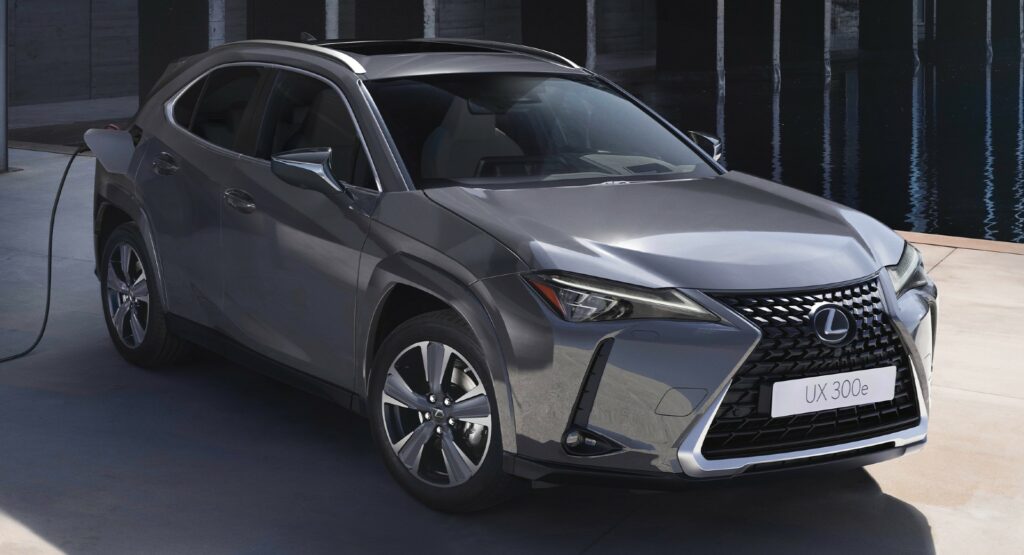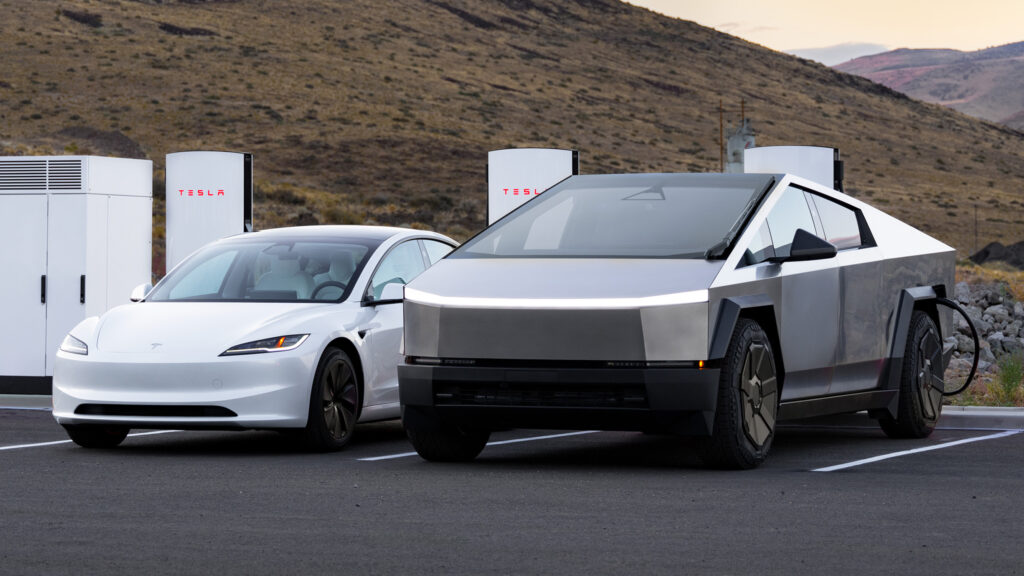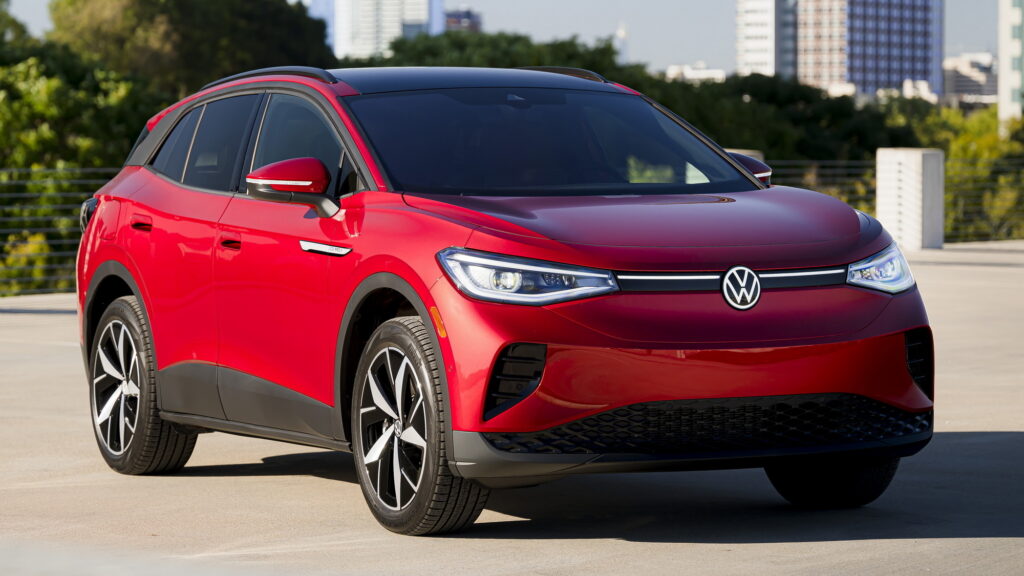Subaru’s Next Sports Car Might Not Burn Fuel
- Subaru is considering a fully electric BRZ to meet Europe’s strict emissions regulations.
- The 2023 Sport Mobility Concept previewed a high-riding, AWD electric sports coupe.
- EV sales of crossovers like the Uncharted are key before launching performance models.
Subaru may be putting more energy into electric crossovers lately, but fans of its performance cars could have something to look forward to as well. Alongside the new Uncharted, the updated Solterra, and the Trailseeker duo, Subaru is reportedly considering an all-electric version of the BRZ. If it moves ahead, the project might even bring the nameplate back to Europe after years of absence.
More: Subaru Finally Admits It’s Boring And Wants STI Back But Not How You Remember It
The original BRZ was introduced in late 2011, with the second-generation model following in 2020. Both featured non-electrified boxer engines, with Europe’s strict emission regulations eventually leading to the model’s discontinuation from the region. In fact, the current BRZ has only reached certain European markets in limited numbers, leaving Subaru without a sports car in its local lineup.
Electric BRZ Is on the Table
That could change in the future, as Subaru is actively considering a zero-emission BRZ that could satisfy enthusiasts. David Dello Stritto, General Manager of Subaru Europe told Autocar that the model could return with a fully electric powertrain.
“Our options are open,” he said, though he also made it clear that Subaru’s short-term priority lies in electric crossovers like the Uncharted. Only after that might it turn its attention to sportier projects.
Earlier this year, Stritto suggested that electrification might be the path forward for the Subaru STI division due to emission regulations: “With an EV, you’ve got the power and performance, and you’ve got an all-wheel-drive system. We’re working on more sporty models, and electrification allows us to do this.”
Inoue Masahiko, global EV manager at Subaru, admitted that an electric BRZ was under consideration as part of their partnership with Toyota: “We did consider electrifying the BRZ and GT86, but the win-win relationship is more important, and for the moment we can’t get the kind of benefits for both sides.”
A Concept Points the Way


The best indication yet for an electric Subaru sports car was the Sport Mobility Concept from 2023 with a two-door coupe bodystyle, futuristic styling, and a high-riding stance. The concept had a similar footprint with the BRZ but featured an electric powertrain that moved all four wheels.
More: Is This Subaru’s Next WRX Or Something Even More Extreme?
Subaru didn’t reveal the specifications of the Sport Mobility Concept. However, the dual electric motor setups of its current EVs generate as much as 377 hp (280 kW / 380 PS), which sounds more than enough for a sexy coupe.
What About A Hybrid?
Don’t count on it. Masahiko ruled out the possibility of fitting the current BRZ with a hybrid system, citing packaging constraints. Starting from scratch with a dedicated electric sports car, he said, would be simpler and more effective.
As for bringing small batches of BRZ units to Europe, Subaru has done it before with limited editions like the Final Edition (300 units for Germany) and the Touge Edition (60 units for Italy). But Masahiko made clear that importing more combustion-powered BRZs doesn’t make long-term sense under Europe’s regulatory landscape.
It remains to be seen whether the next sporty Subaru will still be twinned with a Toyota. Earlier reports from Japan suggested that a GR86 successor is being developed entirely in-house by Toyota, retaining a combustion engine at the front and a rear-wheel-drive layout.






















